

|


|
Tamiya Russian Medium Tank T-34-85 - 48216
|
Released by Tamiya on February 20, 2021, the 1/35 R/C Russian Medium Tank T-34-85 (# 48216), is a re-release, with upgraded TTU-10 Radio and MC-07 Control Unit.
Sold as an unassembled kit, this RC tank has two drive motors and two turret control unit motors, with four forward and reversel speed options, transmitter operated, plus left/right turning, sharp turning and pivoting, as well as turret rotation and main gun elevation/depression control.
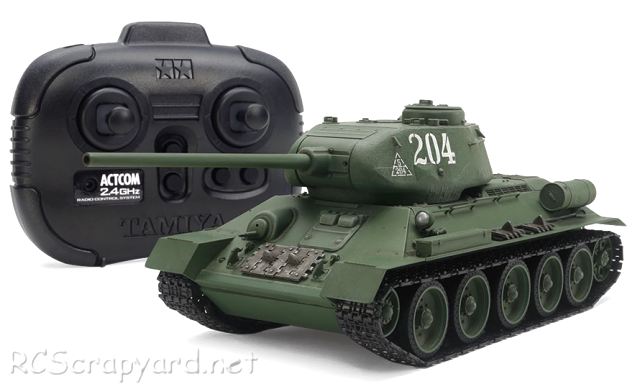
Russian T-34-85 tanks forced the invading German forces to develop the Tiger and Panther tanks to counter its strength. It was armed with a powerful 85mm gun and featured heavy armor with a large-sized cast turret. Powering this lightweight tank was a 500ps V12 liquid-cooled diesel engine that enabled great mobility. From the end of 1943 to June 1945, approximately 29,000 units were produced and continued to serve as Russia's main battle tank alongside the T-34-76 until the end of the war.








|
|
|

|
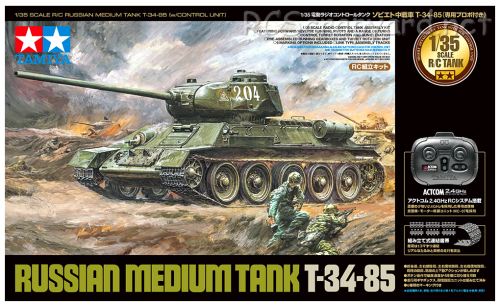
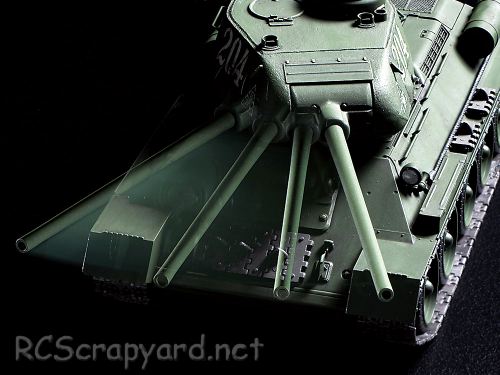
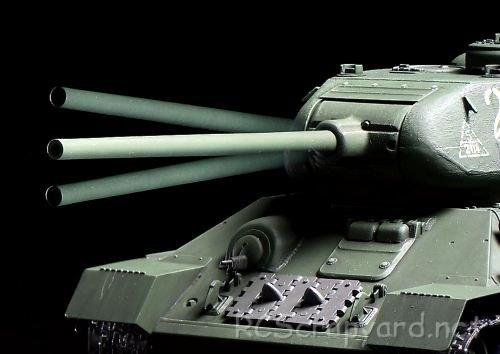
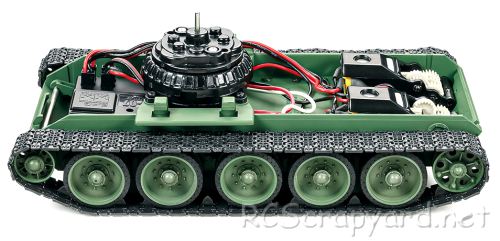
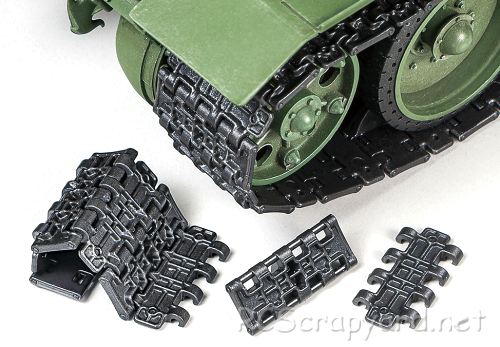
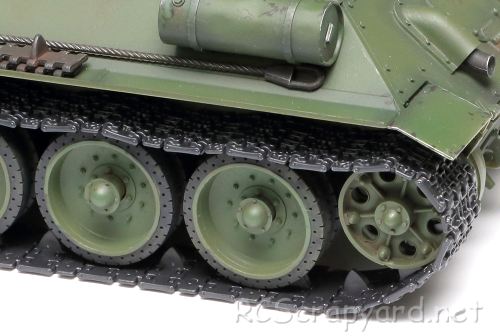
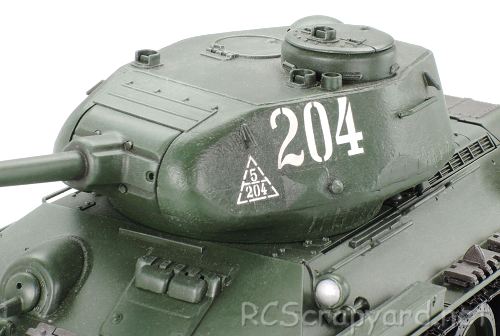
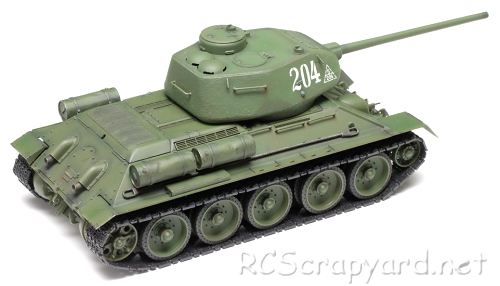
|
Hints, Tips and Information
How to avoid Radio Interference
1/ The first consideration when installing your Receiver into your Electrically Powered Model is to make sure it is well away from the Negative Battery terminal, and the Motor. The Magnetic field can cause stuttering type interference at times of high current draw (i.e., Fast Acceleration) |









|






|
|
|
|
Hints, Tips and Information
Battery Connectors
Over the years I have been racing radio controlled model cars of all descriptions, I have tried a number of different connectors for my batteries.
|
|
Hints, Tips and Information How to Charge Rechargeable Batteries for Peak PerformanceNi-Cad (Nickel Cadmium) Batteries
1/ All Ni-Cad Batteries have to be Discharged soon after use. This is to avoid the dreaded "Memory" effect that on subsequent re-charges can cause a momentary drop in performance during a race. A simple discharger can be made from a car 12v bulb.
Ni-Mh (Nickel Metal Hydride) Batteries
1/ Never charge Ni-Mh batteries at a current higher than 4.5 amps. Although these batteries can give a higher voltage than Ni-Cad Batteries, they are much more sensitive and easy to damage if charged too quickly. |
|
RC Models:
|
Radio & Motors: |
Other
Accessories: |